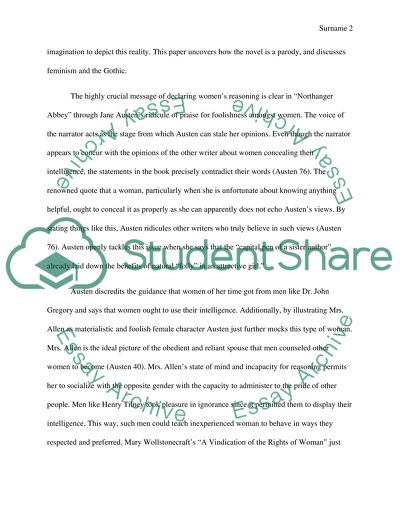Cite this document
(“Austens Parody Of The Gothic Novel Research Paper”, n.d.)
Austens Parody Of The Gothic Novel Research Paper. Retrieved from https://studentshare.org/literature/1491569-austens-parody-of-the-gothic-novel
Austens Parody Of The Gothic Novel Research Paper. Retrieved from https://studentshare.org/literature/1491569-austens-parody-of-the-gothic-novel
(Austens Parody Of The Gothic Novel Research Paper)
Austens Parody Of The Gothic Novel Research Paper. https://studentshare.org/literature/1491569-austens-parody-of-the-gothic-novel.
Austens Parody Of The Gothic Novel Research Paper. https://studentshare.org/literature/1491569-austens-parody-of-the-gothic-novel.
“Austens Parody Of The Gothic Novel Research Paper”, n.d. https://studentshare.org/literature/1491569-austens-parody-of-the-gothic-novel.


